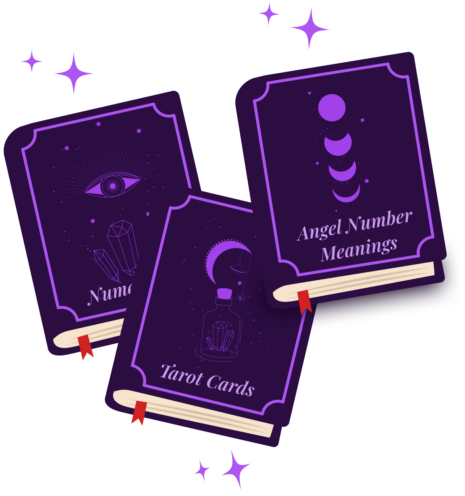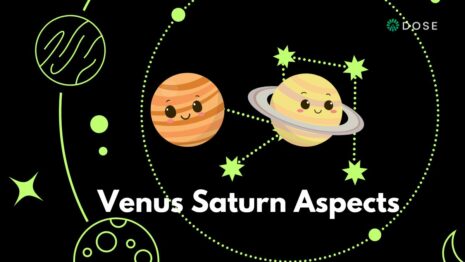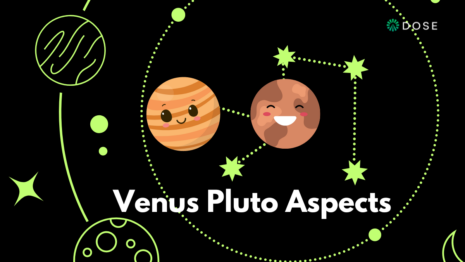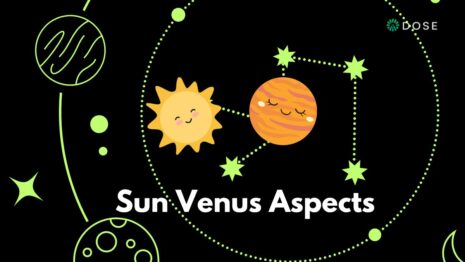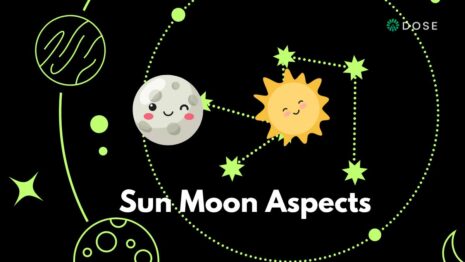The ‘O’ in DOSE, Oxytocin is known as the ‘love’ hormone, associated with orgasms, massages and social bonding. Want to know how to boost yours? We consulted the experts. Here’s everything you need to know…
What is Oxytocin The Love Hormone?
You know that warm, tingly feeling you get when around your loved ones? That’s oxytocin. A hormone, released by the thymus, a gland above the heart, which “assists in creating a sense of open-hearted connection with others,” says psychosexual and relationship therapist Carolyn Cowan who is also a yoga teacher at Triyoga.
It’s powerful stuff. Claire Dale and Patricia Peyton are the the authors of a new wellbeing book called Physical Intelligence. “Over 400 chemicals (neurotransmitters and hormones) influence how we think, feel, speak and behave,” Claire says – and one of these is oxytocin.
Patricia adds, “Oxytocin facilitates social bonding and feeling responsibility to others. Too much and we may be overly dependent on others. Too little and we may not build relationships or use networks for support. Think of a time when you liked being somewhere… felt safe and included. That’s oxytocin. A tsunami of oxytocin is released when we fall in love, have children and when we trust someone.
Oxytocin levels fluctuate based on whether we’re in the ‘in’ or ‘out’ group…feel safe or threatened. When we feel isolated or experience angst, our cortisol (stress hormone) levels rise. When we spend too much time with technology our dopamine (reward chemical) levels can become too high, leading to selfish or ruthless behaviour. In all of those situations, we need some oxytocin.”
It’s mainly involved during pregnancy, says aesthetic and nutrition consultant Sana Khan. “It works through a positive feedback mechanism during the process of childbirth and labour. It can be referred to as the “feel good” hormone.”
Self-compassion and oxytocin
In an episode of the Slo Mo podcast hosted by Mo Gawdat, his guest Dr. Kristin Neff says “we feel safe by connecting with others, what we’re doing with self-compassion is connecting with ourselves, the same way we might connect with others, and we still get the same benefits, physiologically it activates the parasympathetic nervous system, we calm down, there’s not enough data on this yet, but we are very likely to be releasing oxytocin. When we put our hand on our hearts and say supportive things, our body is reacting in a similar way that it would if someone else did that for us. It’s really about finding the sense of safety”.
How to boost oxytocin?
“We can actively manage oxytocin using our physical intelligence to help us stress less, achieve more and live more happily,” Claire says.
“We can easily boost oxytocin in everyday life by enhancing our human connections – empathising, socialising, creating harmony, managing conflict. Bring family and friends together, share a meal, do a good deed, volunteer. Try this right now – text someone with whom you haven’t spoken in a while. Ask how they’re doing…or for advice… or offer to help. You just boosted your oxytocin. You’ll boost it more when they reply!” says Patricia.
Carolyn adds, “various activities release oxytocin, like eating with friends and orgasm.” Carolyn is also Kundalini yoga teacher. Yoga also helps to release oxytocin, she says. “Working with the thymus, chatting with others in class, intimacy in general. Postures that work on the thymus include cobra, upward dog to downward dog, Sufi grind, planks on the front of the body, stretches that open the front of the body, specifically the chest area.”
Oxytocin and nutrition
You can also support optimal production of oxytocin through foods, like good quality protein, Sana says. “There are also studies suggesting a lack of Vitamin D can interfere in the adequate production of oxytocin.
Magnesium is another key nutrient integral for the nervous system, and the production of neurotransmitters in the brain. Making magnesium also an important mineral in the production of oxytocin and many other neurotransmitters such as dopamine,” she adds.
How much oxytocin do we need?
Speaking on the DOSE Hacking Happiness podcast, Breath guru Richie Bostock says: “The most up to date science suggests that for us to have the optimum amount of oxytocin per day within our system, we need to have at least seven hugs a day. I’m not talking about a little cuddle but a hold for at least five seconds. Not many people are getting that now, why many people are buying dogs and the premium on puppies has gone up by 400-500%”.
So go on – oxytocin yourself up!
Liked this article on Oxytocin The Love Hormone – What Is It And How Can We Boost It? Read about the other happy hormones.
Get your weekly DOSE fix here: SIGN UP FOR OUR NEWSLETTER






